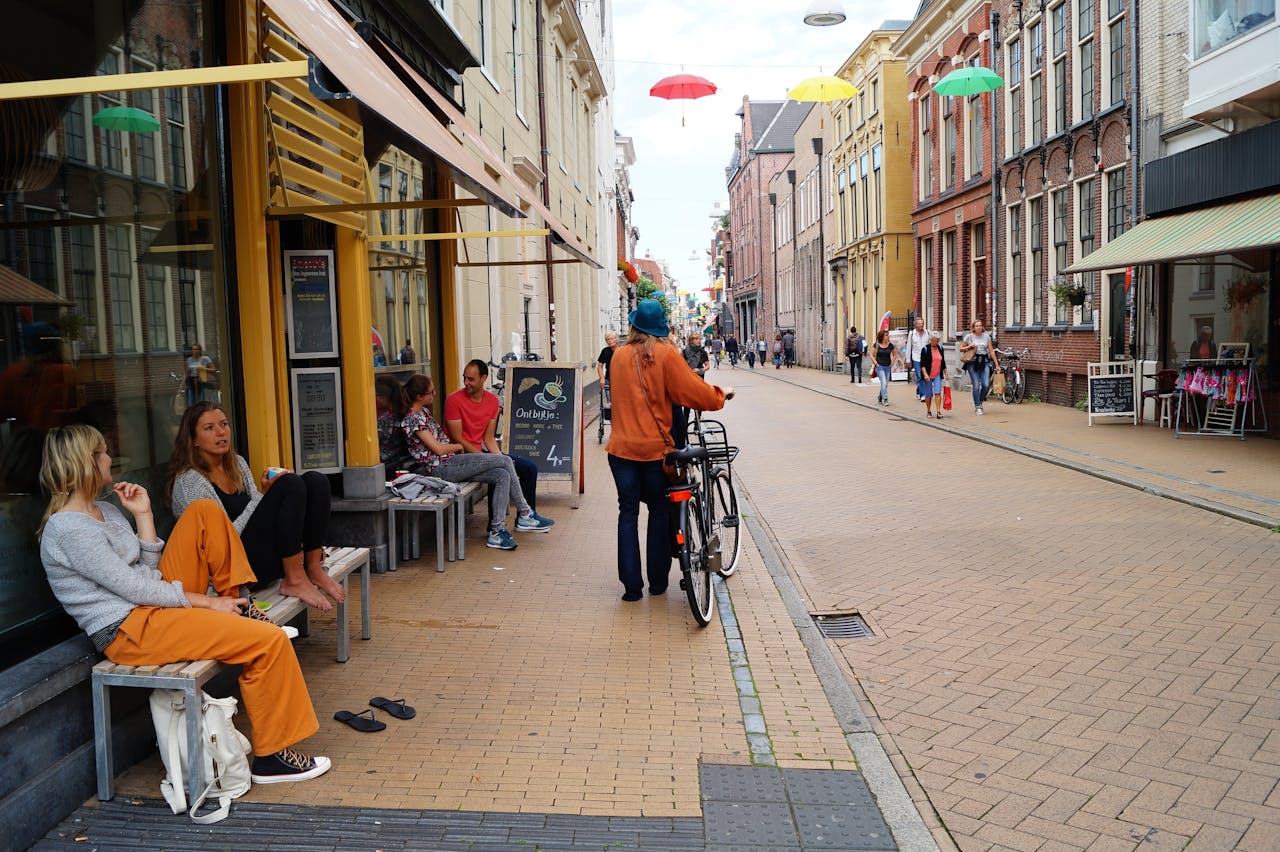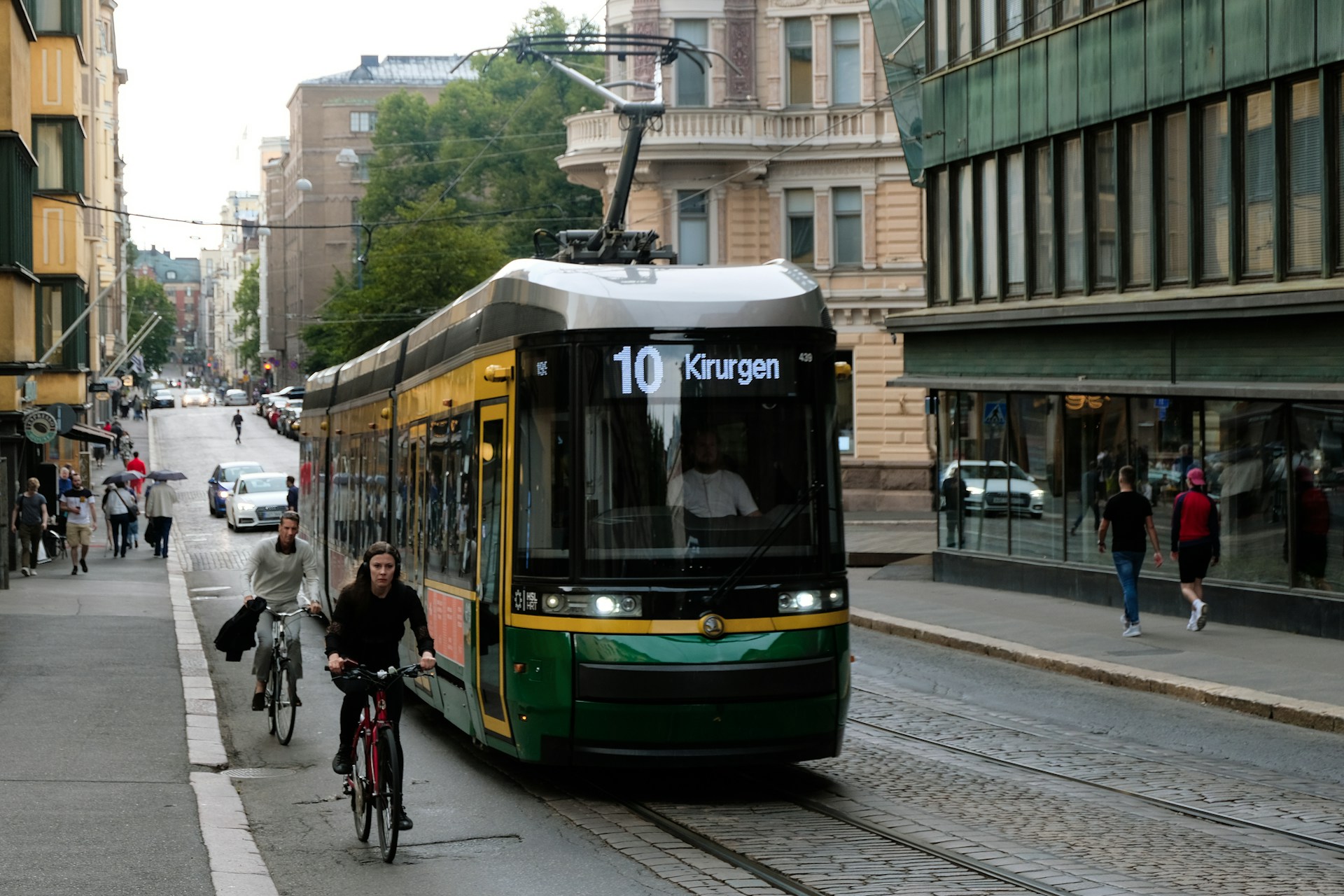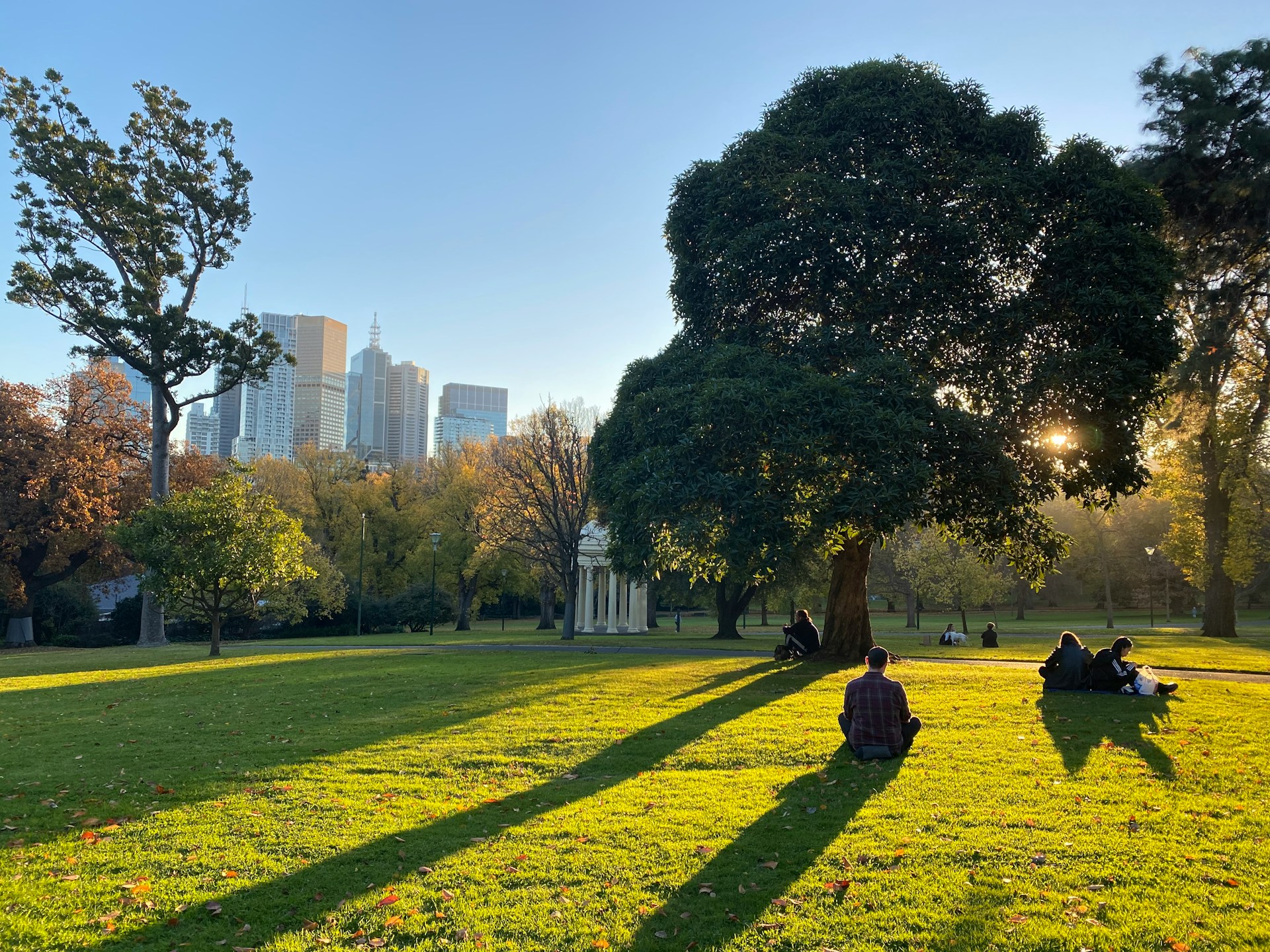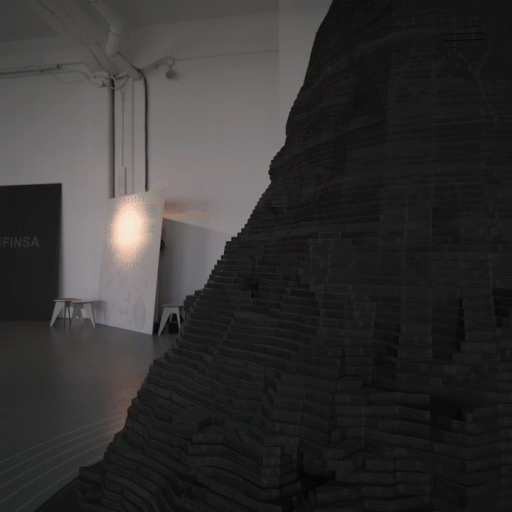Currently, cities produce 60% of greenhouse gas emissions, according to the United Nations. Considering that, also according to the UN, the urban population will continue to grow unabated in the coming decades, numerous urban proposals seeking to make these places more sustainable and livable have emerged in recent years. One of these proposals is the 15-minute city.

What is the 15-minute city?
The main idea of the concept, introduced in 2016 by urban planner Carlos Moreno, is to ensure that the population has access within a 15-minute radius on foot or by bicycle to basic services such as schools or health centers, shops, parks, entertainment and leisure options, and even their work environments.
The goal is to reduce car travel, thereby improving the air quality of the area, the health of the population, and the livability of the neighborhoods.
What are the characteristics of the 15-minute city?
The 15-minute city is a return to neighborhood life. Instead of a center where all services are found or a distribution where residences are in one area and offices, for example, in another, the 15-minute city proposes a polycentric model where every neighborhood has everything.

By promoting travel on foot or by bicycle, the proposal seeks—besides environmental sustainability—to put people in focus, not cars. Urban interventions linked to this model also promote social interaction, thanks to the installation of green areas, benches, and, in short, areas where people can be. They are also cities with a higher population density, necessary to ensure that all needs are covered within that quarter of an hour. Another fundamental characteristic is a push for efficient public transport, essential for longer journeys.
Critiques of 15-minute cities
Not everyone agrees with the benefits of this type of city. Among the main criticisms, it is argued that by encouraging people to leave their neighborhoods as little as possible, gentrification and social inequalities will increase. To avoid this, it is usually contemplated that each micro-center has housing for different income levels. Moreover, it is criticized for being unfeasible, both because the main trips are for work and it is difficult for everyone to find one within that 15-minute radius, and because of the current configuration of many cities, which would require major changes and interventions. The difficulties it creates for people who prefer to drive are also criticized.
Ver esta publicación en Instagram
In recent years, 15-minute cities have also been the target of baseless conspiracy theories, such as that they will be used to restrict people’s movements.
Examples of sustainable city projects
Many cities have already implemented this model or something similar. In addition to Paris, where the term was born, steps are also being taken in this direction in Melbourne (here it is a 20-minute model, but that time also includes the return home), Barcelona with its superblocks, Portland, Shanghai, or Bogotá, among others.





